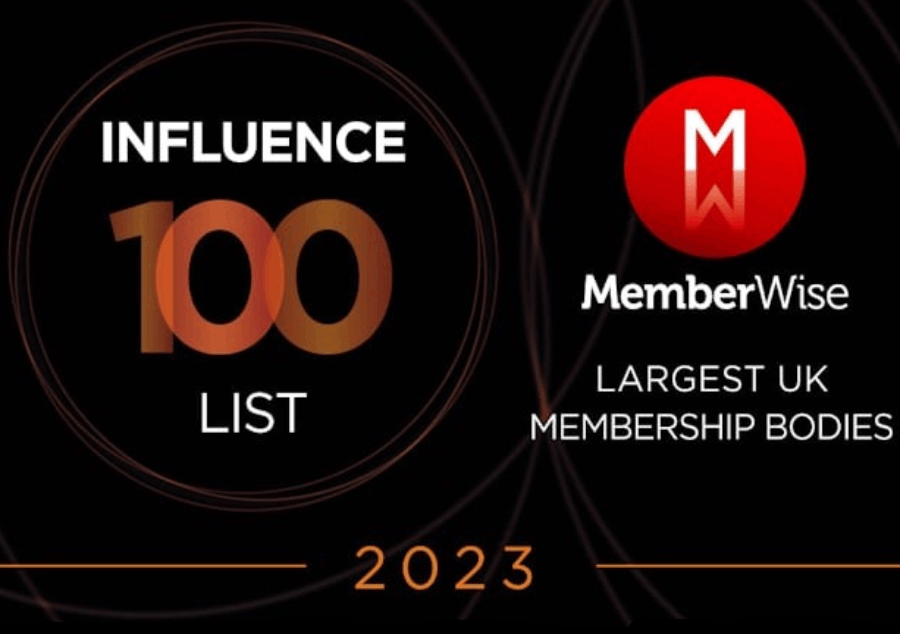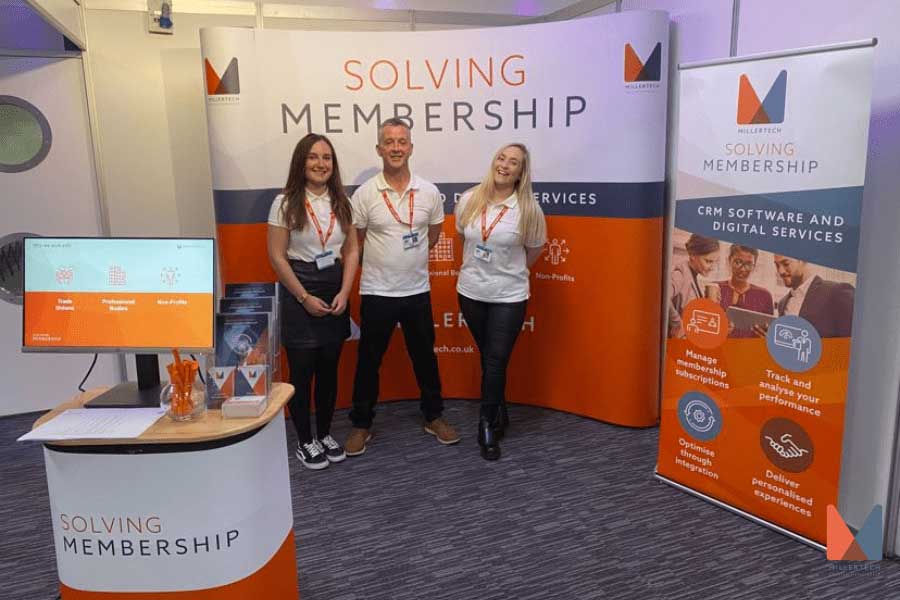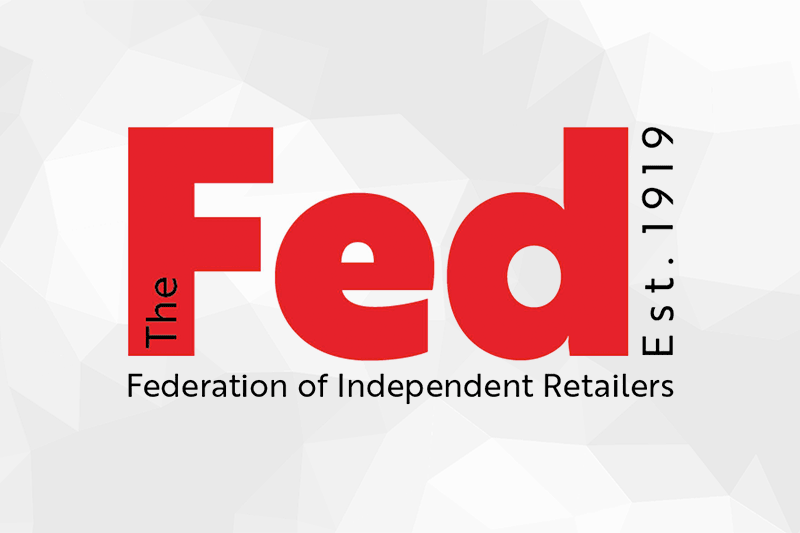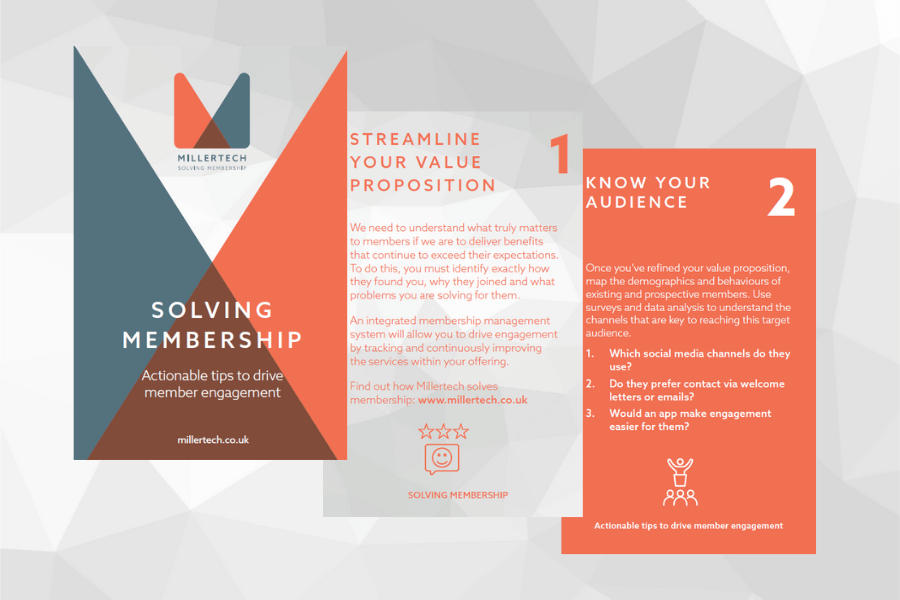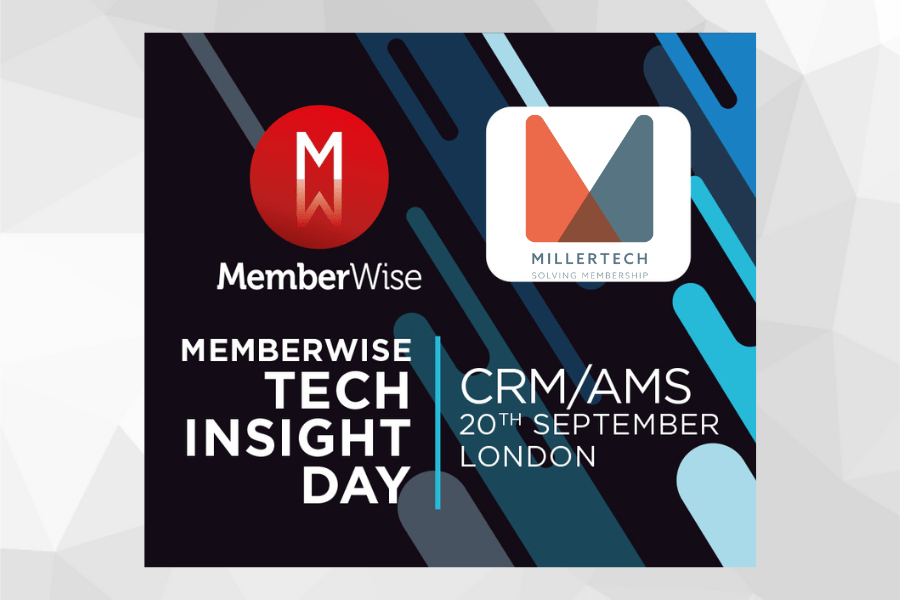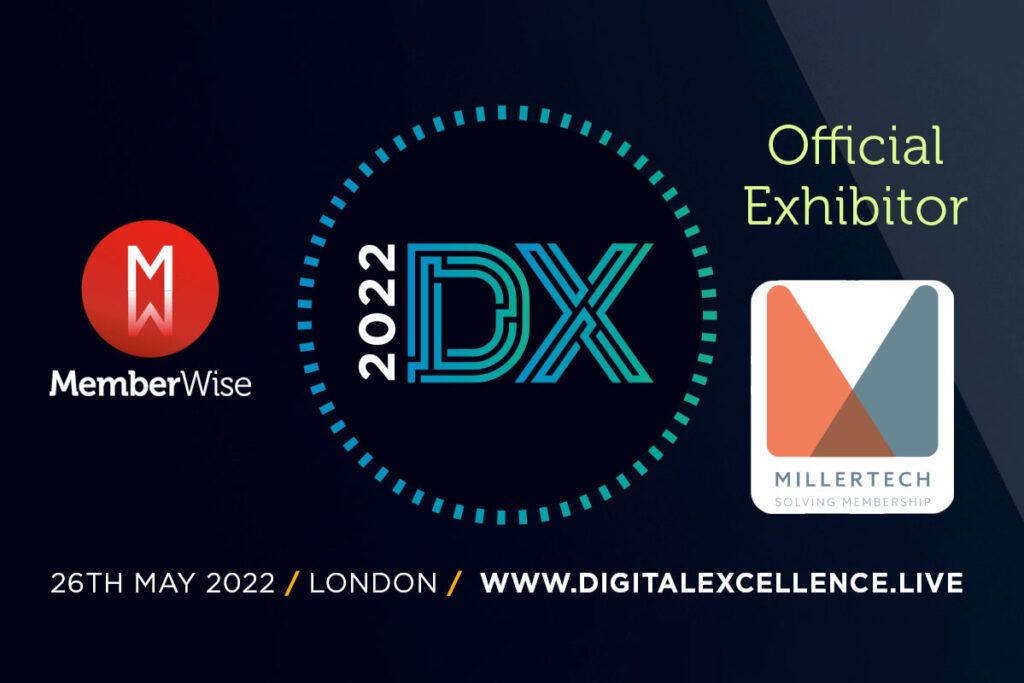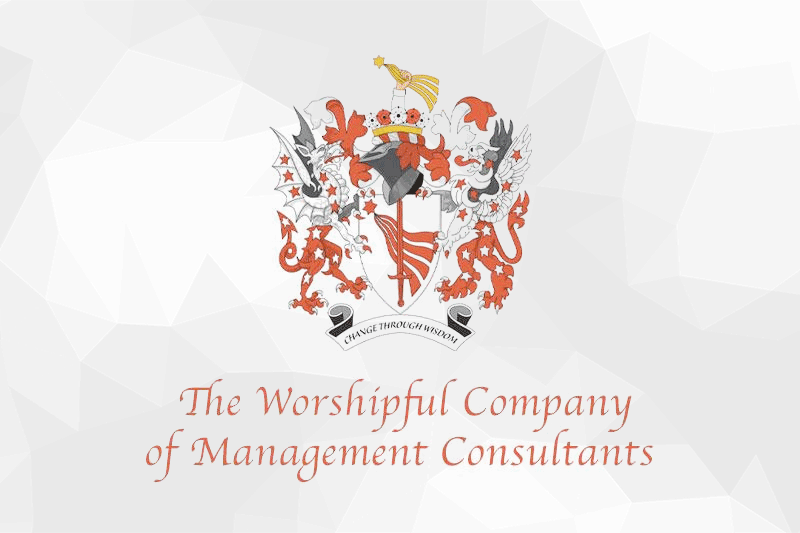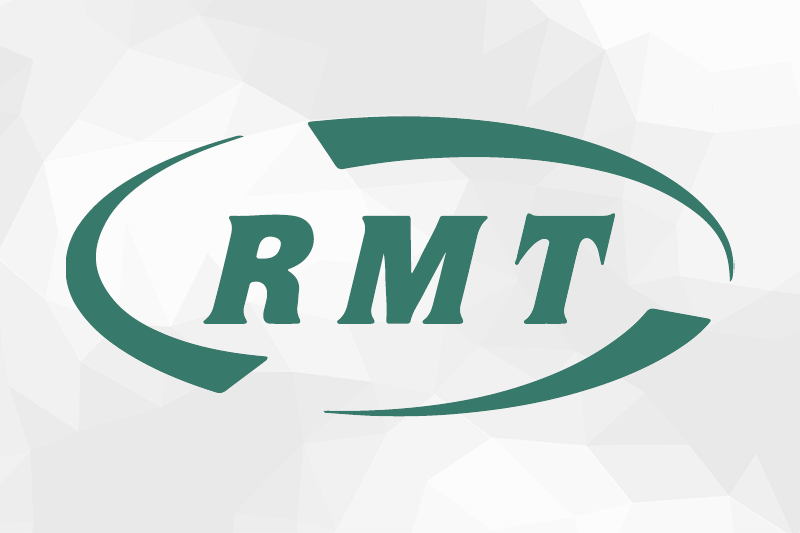For most NFP and membership organisations, the importance of a good customer or contact relationship management (CRM) system are obvious.
They understand that this system underpins all the work they do and that operating at scale would be impossible without it. And as every organisation grows, there is a point at which they decide to cease managing everything manually and switch to an automated system.
But how do we know when that point is reached? And what should a great CRM be doing for us that a poor or average product is not? Here are four challenges that a great CRM should be solving for membership organisations. If we’re struggling in any of these areas, it might be time to look again at the choice of technology or the way it is implemented
1. Improving the quality of your data
As the number of members within an organisation grows or the breadth of its services increase, the amount of data being collected every day can expand exponentially. This means more people, with more similarity in names and details, interacting with the organisation a more varied way. The turnover of members and preferences also increases, and as new members join, others will leave, change their services or modify their subscriptions.
At this point the task of data cleansing becomes essential to remove duplicates and ensure that only the members that have subscribed to a particular service receive access to its benefits. While the results of issues here can result in the simple double receipt of a newsletter, it can also directly erode revenues if people are not being correctly invoiced.
2. Minimising manual handling
Without a good CRM at the heart of its operations, most of the activities required within a membership organisation will need to be done manually. In the first instance this might mean large unwieldy spreadsheets that require skilled manipulation and in which data errors can easily occur.
However, it might also mean multiple copies of that file being worked on within various operational silos across the organisation. Even if an individual user preference is changed and the correct line in that file is updated, the opportunities that this could bring to provide help to the member or offer additional services are very easily lost. The challenge for the membership organisation is therefore being increased in two places simultaneously. They are having to work much harder to manage the data while providing tangibly less value to each member.
Linking all these services, activities and details into an easy to use, central system that is always up to date solves most of this. In addition, a great CRM will also alert us of issues and automatically instigate actions to capitalise on opportunities to maximise value for the member and revenue for the organisation.
3. Ensuring data privacy and security
Trust is the basis of all brand value, and an organisation should take every opportunity it can to emphasise and demonstrate this in its interactions with members. But each year, this challenge gets tougher as data leaks and privacy concerns around the world grow. Additionally, legislation is adapting quickly to keep pace and the stringent requirements of regulations such as GDPR can be impossible to meet without a great contact relationship management.
Failures in this area are no longer “just” a matter of professional embarrassment. Members and customers are far more educated on the implications of data leaks and willing to move their business accordingly. Government penalties are significant, and membership of many professional accreditations rely on maintaining the very best standards of practice in these areas. Upholding privacy and security is not a one-off exercise but rather a regular challenge in which the bar keeps getting higher.
4. Using data to drive strategy
Another industry concept that has entered everyday usage is “big data”. This umbrella term is generally applied to the analysis and use of large data sets that are too complex to be dealt with manually. For a membership organisation this refers to the trends and shifts in consumption, preference and behaviour that can be extrapolated from the mass of individual data lines within our CRM. Being the first to market with a product is usually a competitive advantage. And being the first mover with a different way to provide a service is often a means to greater market share.
But achieving either of these requires us to spot these opportunities early and have the confidence to act decisively thereafter. Our own data frequently contains all the clues we need to do this, but to analyse, segment and transform them into actionable strategies requires a powerful and capable CRM system.
A challenge or an advantage?
Each of these points presents a challenge for every membership organisation. And each organisation is either struggling to overcome them or using their success to apply a competitive advantage in their markets. While almost every contact relationship management will list these items as features of their solution, the real competitive edge comes from selecting a system that properly fits the way that our organisations operate and that is designed specifically for the challenges our sector presents.
If you would like to discuss ways that your membership organisation could take advantage of a modern, capable CRM like this, Millertech would love the opportunity to help. Contact us.






